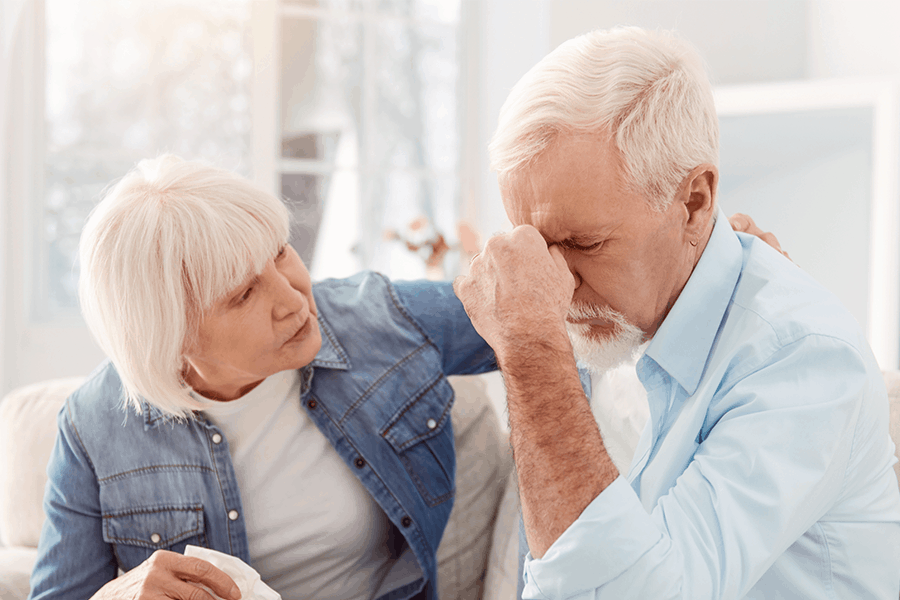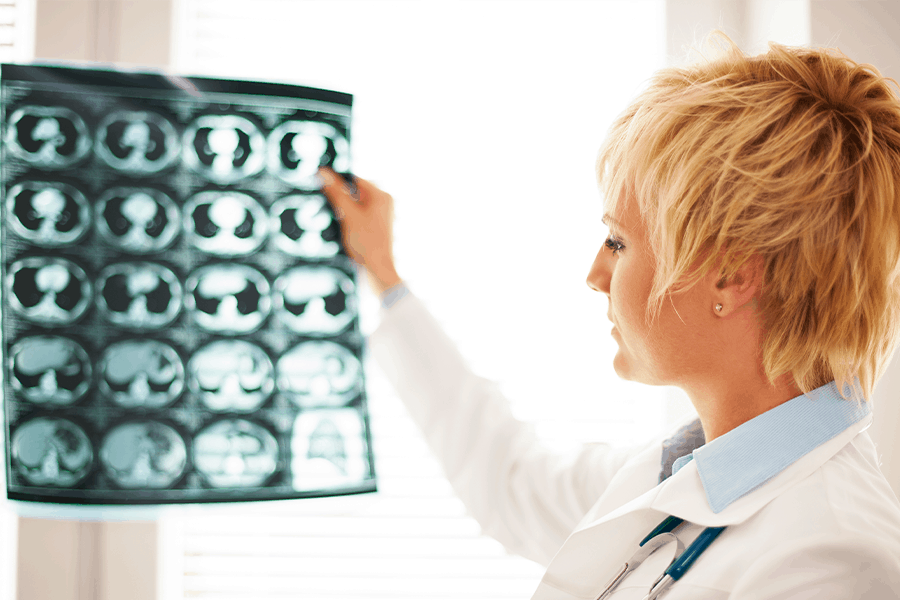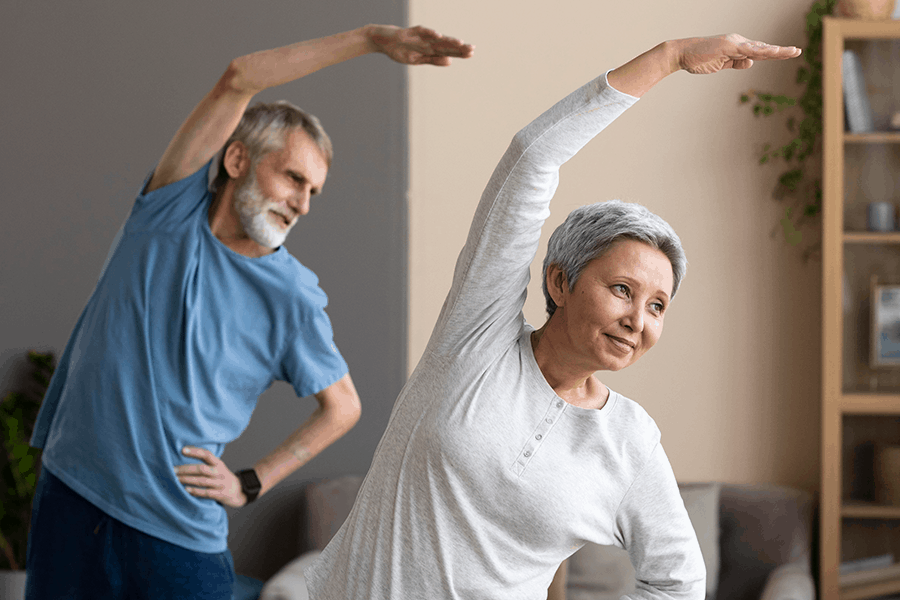 What is a stroke?
What is a stroke?- What causes a stroke?
- What are the risk factors of stroke?
- How can I lower my risk of stroke?
- Can stroke be treated?
- How Can I Survive a Stroke?
In the United States today, one person dies of a stroke every four minutes. Stroke is the fifth leading cause of death in the United States and the third leading cause of death for women. Despite the prevalence of this illness, many people don’t recognize the signs of stroke.
May is National Stroke Awareness Month, an event designed to build awareness of the risks of stroke and what you can do to make sure you are not a victim of this potentially devastating health disorder.
What is a Stroke?
A stroke occurs when some of the nutrient and oxygen-rich blood supply to your brain is suddenly cut off. As the brain cells begin to die off, you can lose critical bodily functions such as the ability to speak, remember, or even breathe properly. A stroke is a critical emergency that must be handled by a doctor immediately, and time is of the essence in these cases. The faster the treatment, the less damage that may occur.
What Causes a Stroke?
 The disruption in blood flow is what causes a stroke. This can occur in two primary ways:
The disruption in blood flow is what causes a stroke. This can occur in two primary ways:
- In an ischemic stroke, a blood clot or obstruction in the blood vessel stops the flow of blood to the brain
- In a hemorrhagic stroke, a weakened blood vessel ruptures, which can occur from high blood pressure
Ischemic strokes are the most common stroke events people experience. A stroke generally is an unexpected event, although there are warning signs to be aware of, including a “mini-stroke” or a transient ischemic attack (TIA). A TIA signals that you are at serious risk for the more serious ischemic or hemorrhagic form of the illness. TIA symptoms can go away after a few minutes, which is why many people ignore them—but they should not.
Some of the other warning signs of stroke include:
- Confusion or disorientation
- Severe headache
- Speech impairment
- Temporary vision loss
- Weakness in a specific body area
The acronym F.A.S.T. is a good tool to help people recognize the signs of stroke. F.A.S.T. stands for:
- Face drooping or a crooked smile
- Arm weakness or the inability to lift your arms
- Speech is slurred or unintelligible
- Time to call 911
Stroke symptoms can happen fast. Be aware of these symptoms and see your doctor immediately if they occur. Also take note of the risk factors that make you more susceptible for this potentially deadly illness. Preventing stroke saves lives.
What Are the Risk Factors for Stroke?
While a stroke can occur in men and women of any age, we know there are a number of risk factors that can increase the chances that a stroke will occur. They include:
- Alcoholism and alcohol abuse
- Cardiovascular disease
- Cigarette smoking
- Diabetes
- High blood cholesterol
- High blood pressure
- Obesity
- Physical inactivity
- Poor diet
Women are particularly susceptible to stroke and they have added risk factors associated specifically with their gender. For example, the use of oral contraceptives and pregnancy are an added risk along with post-menopausal use of hormone supplements. Migraine headaches with an aura or a history of eclampsia or preeclampsia are also risk factors. While this certainly doesn’t mean that women should avoid contraceptive use or even trying to become pregnant, they should be aware of these concerns and talk with their doctor about their options.
How Can I Lower My Risk of Stroke?
 Lifestyle changes can lessen your risk of stroke. Here are nine things you can do right now to lower your stroke risk:
Lifestyle changes can lessen your risk of stroke. Here are nine things you can do right now to lower your stroke risk:
- Eat less salt, keeping your intake to no more than 2,300 mg per day or less if you’re older
- Keep your blood sugar (glucose) in a normal range and avoid diabetes
- Lower your weight to within an acceptable BMI
- Monitor your blood pressure and keep it at a healthy level
- Monitor your cholesterol and keep it at a safe limit
- Stay active and keep moving
- Stop smoking as quickly as you can
- Treat your heart disease and work closely with your doctor to improve
- Try to make better food choices and eat healthy
All of these steps can help you lessen the chances of a life-threatening stroke later on. While we can’t do much about a family history of stroke or aging, these are things you can do right now to improve the risk.
Strokes can be potentially a devastating illness, and many health experts agree it’s especially tragic when simply taking good care of one’s blood pressure or some other preventive measure might have averted it.
Can Stroke be Treated?
Getting to the hospital for treatment is your number one priority if you have stroke symptoms. Treatment for stroke will start with the diagnosis to rule out other causes of the symptoms. This will include a CT scan, MRI, or other type of imaging to determine what is causing the stroke.
You’ll have a physical exam to check blood pressure and a neurological review to seek how the potential stroke is affecting your physical function. You may also have one or several blood tests to check for how quickly clotting occurs, if your blood sugar is too low or high, or if you have some type of infection. All of these tests will occur rapidly because time means more function lost during a stroke event.
Treatment for the two primary types of stroke could include the following.
Ischemic stroke treatment focuses first on restoring blood flow. You may receive an emergency IV or a shot with medications to break up the blood clot. The injection or IV are given through an arm vein, usually within the first three hours of stroke symptoms occurring. Doctors may also deliver the medication through a groin artery by threading a tiny catheter to reach the brain area where the stroke is occurring. Or, the physician may choose to remove the clot with a catheter device. Surgery may occur to remove the plague blocking an artery or to place a balloon within the artery to expand it.
Hemorrhagic stroke treatment emphases controlling the bleeding and reducing brain pressure. You may receive emergency medications to lower brain and blood pressure or prevent seizures. If the area that’s bleeding is large, surgeons may extract the blood to relieve the brain pressure or repair any blood vessel dysfunction. There are several procedures available to help with this goal.
Stroke rehabilitation depends upon the severity of the illness. The goal of your recovery is to recover as much bodily function as possible and regain your ability to live independently. Many stroke survivors are admitted to a rehabilitation program that helps you regain your mobility and health.
How Can I Survive a Stroke?
Yes, with fast treatment, your chances of surviving a stroke are high. Orlando Neurosurgery is with you every step of the way to help you recover and get your life back after a stroke. Talk to our team about how we can be your health partners in helping prevent and treat stroke.
Sign Up for Our Newsletter
Get the latest news and updates from Orlando Neurosurgery delivered straight to your inbox.


